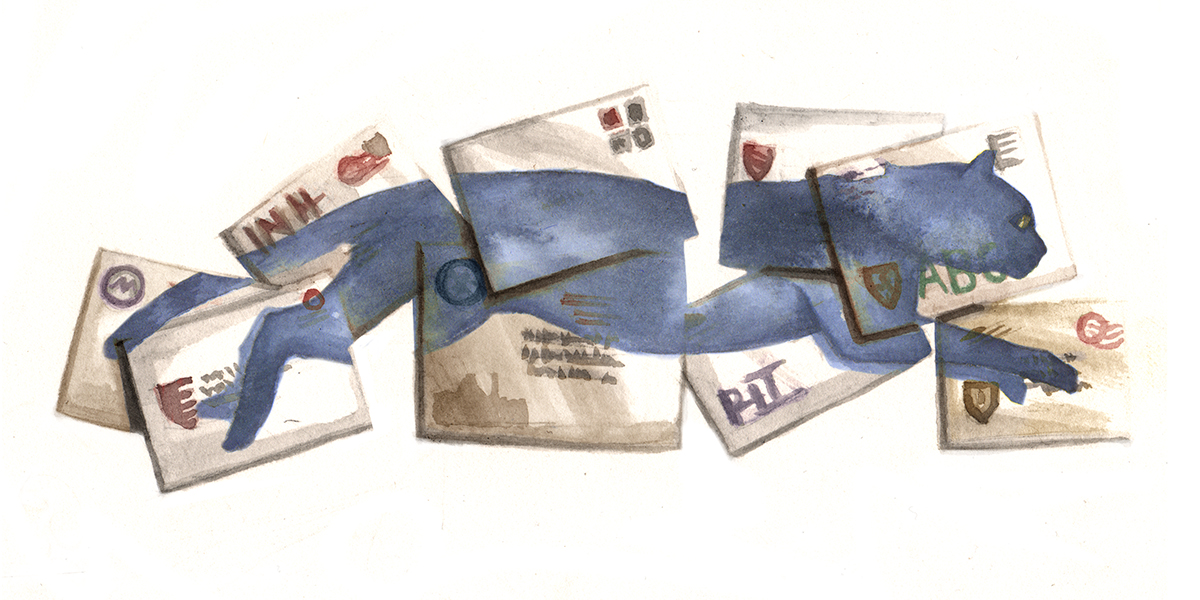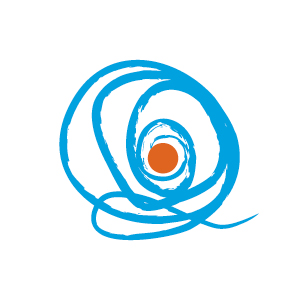Highlights
Presenting the winners of the Quantum Shorts flash fiction contest
What if checking for monsters under your bed doomed a parallel you to a grisly end? A story that explores this fear of a girl aged six and three quarter years has won the 2015 Quantum Shorts international competition for flash fiction inspired by quantum physics.
"Ana" by Liam Hogan was selected by a panel of international judges for first prize in the online contest's Open Category. It is one of four stories to win awards from over 400 entries.

Image credit: Michael Manomivibul
"The ability to convey a childlike approach to the multiverse made for a compelling read," said judge Colin Sullivan, editor of the science fiction page of Nature. Ana was also a favourite of Artur Ekert, Director of the Centre for Quantum Technologies in Singapore, who said it was "clever with a nice twist" and "thought provoking about moral responsibility across the multiverse".
The winner receives a cash prize, a one year-digital subscription to Scientific American, a trophy, certificate and a print of the original artwork commissioned to illustrate the story.
Runner up in the Open Category is "Don't Die Before You're Dead, Sally Wu" by Andrew Neil Gray, a cosmic struggle for survival imagined through mailing list chatter. Judge Mariette Di Christina, Editor in Chief of Scientific American, "appreciated the wry humor". Author Mark Alpert said "the end is strangely moving".
The People's Choice award, decided by public vote on the 20 stories shortlisted across the Open and Youth categories, goes to "The Qubits of College Acceptance" by Lily Turaski. This story of a student waiting to learn if they've been offered college places also impressed the Youth Category judges. "It's a nifty sketch of a scene, with a good character voice," said physicist and author Chad Orzel.

Image credit: Michael Manomivibul
Taking top prize in the Youth Category is "Unrequited Signals" by Tara Abrishami, in which two scientists open a new channel of communication. Author and judge Tania Hershman called it "a lovely story of love and possibilities, against the backdrop of technology and parallel universes, told with a light touch".
Each story has an original illustrations by artist Michael Manomivibul.
The 2015 Quantum Shorts contest is organized by the Centre for Quantum Technologies at the National University of Singapore. Scientific American, the longest continuously published magazine in the U.S., Nature, the world's leading multidisciplinary science journal, and Tor Books, the leading science fiction and fantasy publisher, are media partners for the contest.
The contest is also supported by scientific partners around the world. The scientific partners are the Centre for Engineered Quantum Systems, an Australian Research Council Centre of Excellence, the Institute for Quantum Computing at the University of Waterloo, the Institute for Quantum Information and Matter at Caltech and the Joint Quantum Institute, a research partnership between University of Maryland and the National Institute of Standards and Technology.
Learn more
Related Stories
 | CQT launches international short film festival ""Quantum Shorts"" September 16 2016 |






